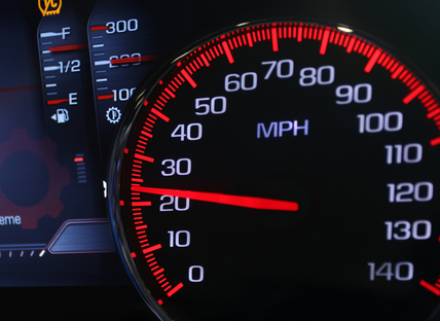How Bodycam Footage Can Help Your Illinois Speeding Case
 Body-worn cameras are now a common sight during Illinois traffic stops. The footage they capture can become significant evidence in your defense. A bodycam recording shows what actually happened during the stop. This includes the officer’s actions, the surrounding conditions, and your responses. This helps your attorney challenge mistakes or assumptions that may appear in the police report. When you work with a Kane County, IL aggravated speeding defense lawyer, the video can become a key part of building a strong and accurate defense strategy.
Body-worn cameras are now a common sight during Illinois traffic stops. The footage they capture can become significant evidence in your defense. A bodycam recording shows what actually happened during the stop. This includes the officer’s actions, the surrounding conditions, and your responses. This helps your attorney challenge mistakes or assumptions that may appear in the police report. When you work with a Kane County, IL aggravated speeding defense lawyer, the video can become a key part of building a strong and accurate defense strategy.
What Does Bodycam Footage Typically Show During an Illinois Traffic Stop?
Bodycam footage records the events from the moment an officer approaches your vehicle. It usually includes both audio and video and gives a clear view of details that may not appear in written reports. For example, the footage may show:
-
The officer’s explanation for the stop
-
Your responses and behavior throughout the interaction
-
Road and weather conditions
-
How the officer handled the radar or lidar device
-
The exact conversation between you and the officer
These details matter because they help your attorney determine whether the stop followed Illinois law. For example, the officer may claim you were speeding in a construction zone. The law in 625 ILCS 5/11-605.1 explains the specific rules the state must follow to prove this kind of violation. The footage may show if road signs were easy to see and if workers were present. It can also show other conditions that may have affected the situation.
How Can Bodycam Footage Strengthen Your Defense Strategy?
Bodycam footage can help your case in several important ways. First, it shows whether the officer followed proper protocol. Illinois law enforcement officers must measure speed accurately. If the footage shows problems with how the officer used the radar or lidar device, this may raise serious doubts about the accuracy of the reading.
Second, the footage can reveal inconsistencies between the officer’s report and what actually happened. For example, the report may claim you acted recklessly, but the video may show that you stayed calm, polite, and cooperative. These differences can help your attorney argue for a reduced charge or even a dismissal.
Third, bodycam recordings can support questions about aggravated speeding charges. Under 625 ILCS 5/11-601.5, aggravated speeding involves driving at least 26 mph over the limit. The footage may show traffic flow, road conditions, or visibility issues that give your attorney more reasons to challenge the state’s evidence.
Bodycam recordings can also show what the officer did not do, such as failing to explain the reason for the stop or not calibrating the speed-measurement device.
How Does Your Attorney Obtain and Review Bodycam Footage in an Illinois Speeding Case?
Your attorney gets the bodycam footage through a process called discovery. Discovery is the part of a criminal case where both sides must share evidence. The prosecutor is required to give the defense any videos, reports, or recordings connected to your stop. This includes bodycam footage, dashcam footage, officer notes, and any documents related to how your speed was measured.
Schedule a Free Consultation With an Aurora, IL Traffic Violations Defense Attorney
Bodycam footage can make a major difference in your Illinois speeding case, and an experienced lawyer can help you figure out how to use it. Attorney Brian J. Mirandola is a former Assistant State’s Attorney, and his background gives him valuable insight into how prosecutors build speeding cases. You can use that experience to challenge them effectively.
If you are facing a speeding or aggravated speeding charge, reach out to The Law Office of Brian J. Mirandola today at 847-488-0889 to schedule your free consultation with a Kane County, IL criminal defense lawyer.








